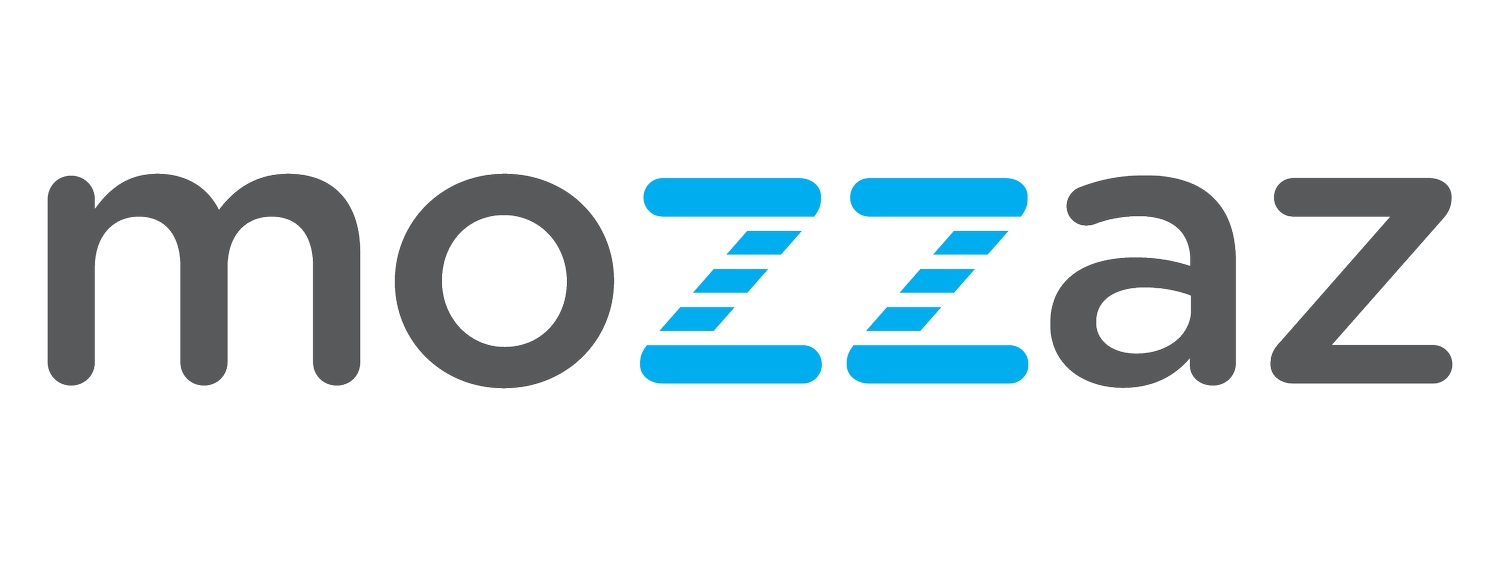
What’s Up At Mozzaz
Check out the posts below to stay informed about how Mozzaz is making waves in the digital health space
Filter by Category
Remote Blood Pressure Monitoring: An Essential Tool for Hypertension Management
Hypertension, also known as high blood pressure, is a pervasive and serious health issue in the United States. Managing circulatory health is important as an excessive amount of pressure in one’s arteries can cause an undue amount of strain on the heart, leading to a significantly higher risk of heart disease and stroke. Remote blood pressure monitoring can be of great benefit to physicians managing patients with high blood pressure. The constant stream of data gives valuable, more frequent insights that can drive more effective treatment decisions.
How Wearable Devices are Making an Impact in Healthcare
The healthcare industry, understandably, is always interested in new developments that can be used to improve patient quality of life. Recent innovations in technology have found their way into doctor’s toolkits across the industry. One of the latest examples of this phenomenon is the rise of wearable remote patient monitoring devices.
Benefits of Remote Patient Monitoring
One of the most talked about technologies as a piece of this new and exciting medical frontier is remote patient monitoring. This process involves the continuous collection of patient data from a medical device, transmitted electronically to providers for monitoring and intervention. Remote patient monitoring is proving its ability to improve health outcomes across a variety of conditions and patient populations. Additionally, the benefits of remote monitoring in healthcare are numerous for providers.
What is Population Health Management?
Treating an individual’s symptoms is a key component in creating a healthy community, but it’s not the only one. Improving a population’s health involves larger, more holistic approaches aimed at identifying potential risks and empowering people to take better care of themselves. An increasing number of healthcare organizations are employing population health management strategies and supporting technologies to improve clinical outcomes. What exactly is population health management, and what does it entail for those organizations looking to leverage it to improve the health of their surrounding communities?
How Mental Health Awareness Month Drives Actionable Steps Forward
Mental Health Awareness Month is a great opportunity for us all to have valuable conversations around how to better serve those affected by mental illness, but real progress is made when these conversations lead to actionable next steps that outlive just one month per calendar year. As the digital transformation in healthcare forges on at a rapid pace, mental health professionals have an important seat at the table. Virtual care solutions are proven to have immense benefits for those with mental illnesses, and more organizations than ever are adopting technology to help improve outcomes for these patient populations.
Remote Patient Monitoring For Chronic Care
Generally incurable and ongoing, chronic diseases impact 60% of adults in the US, and 4 in 10 Americans have two or more chronic diseases. The prevalence of chronic diseases calls for a considerable number of resources and accounts for more than 75% of all healthcare costs. Remote patient monitoring and chronic care management are distinct solutions in the eyes of CMS, but they share a common goal to help those with chronic diseases manage their conditions for higher quality lives. Advancements in technology for both remote patient monitoring and chronic care management gives clinicians the ability to give these patients the time and attention they need to improve the trajectory of their disease progression with more convenient and cost-effective digital tools.
Remote Patient Monitoring: A Piece of the Telehealth Puzzle
Remote patient monitoring is just one application of telehealth. A piece of the larger puzzle. Telehealth encompasses a broad range of services that utilize telecommunications to deliver healthcare, education and more remotely. Although telehealth and remote patient monitoring are connected, these terms are not interchangeable. Read on to learn more about the larger umbrella of telehealth services, and then zoom in specifically on the topic of remote patient monitoring.
The Nexus of Retail and Healthcare
Today’s consumers have more options than ever when deciding how to spend their time and money. As a result, convenience, quality, and transparency are key pillars during any buyer’s journey, including the healthcare consumer experience. In the past, consumers held very different expectations for retail and healthcare, but modern advances have fueled the convergence of these two industries.
The New CMS ADT Rules Are Coming. Are You Ready?
The new CMS rules are upon us, and they are here to stay! Centers for Medicare and Medicaid Services (CMS) announced a deadline of May 1, 2021 for their new admission, transfer and discharge (ADT) notification requirements. A part of their larger Interoperability and Patient Access rule, it applies to all hospitals, including behavioral health and critical access hospitals (1). This initiative signals a shift in thinking that will benefit patients, encourage collaboration amongst providers and improve healthcare outcomes.
Incorporating Digital Technology In Value-Based Care
As value-based reimbursements are more widely adopted, digital technology will play a big role in helping to move the needle forward. There are a variety of ways digital technology can help enable value-based care initiatives. This blog will take a closer look at 3 areas where innovation is making its mark in strategies for moving value-based care forward.
The Role of Technology In Addressing Social Determinants of Health
Technological advancements are making its way into healthcare and can be instrumental in tackling barriers linked to the social determinants of health. Social Determinants of Health include behavioral, social and economic conditions that influence an individual’s ability to practice healthy living. A ‘whole person’ approach to care delivery addresses the multidisciplinary nature of one’s health.
Addressing the Social Determinants of Health Through Whole Person Care
Health systems are beginning to focus towards a whole person care approach, a paradigm shift that embodies not only one’s physical health but also those non-medical factors known as the social determinants of health that have a great impact on care delivery and health outcomes.
Digital Technology Can Help Eliminate Mental Health Stigma In First Responders
First responders are repeatedly exposed to distressing incidents, trauma and death, putting them at risk for mental health issues. In addition to traumatic experiences, their work subjects them to unique and regular workplace stressors, such as: long work hours, heavy workloads, rotating or overnight shifts, unpredictable environments and physical demands. Due to these stressors, first responders are more likely to experience negative mental health symptoms, yet evidence suggests that many deny or resist seeking help for mental health due to stigma in their workplace culture.
Artificial Intelligence Will Reshape Healthcare
Whether or not self-driving cars are the way of the future, artificial intelligence is now a fact of life. Once a theoretical hope, we have successfully created machines that mimic human cognitive behavior. They recognize patterns, learn, and form conclusions. For all intents and purposes, they think.














